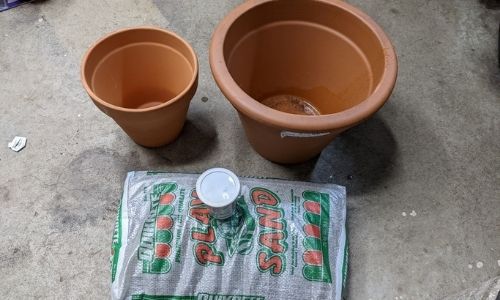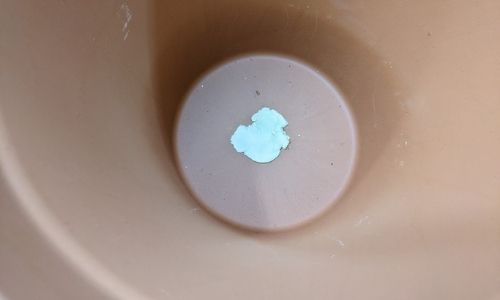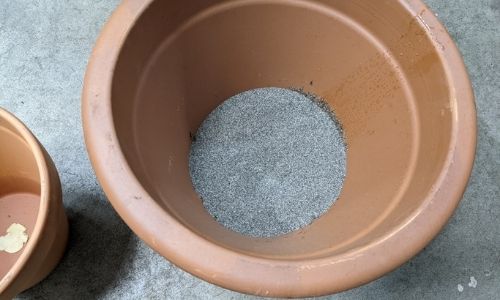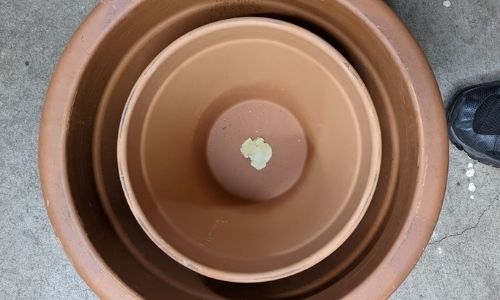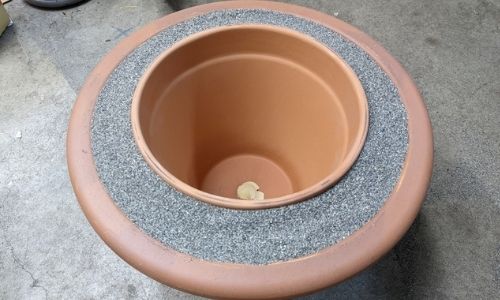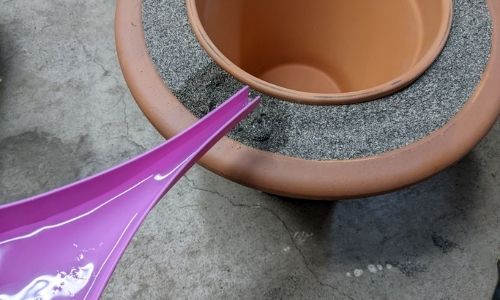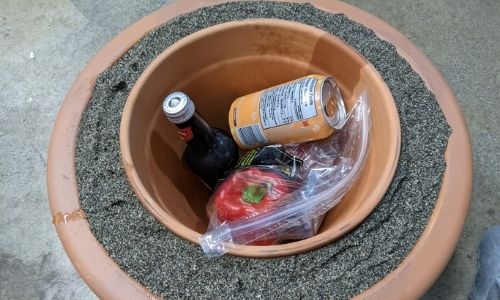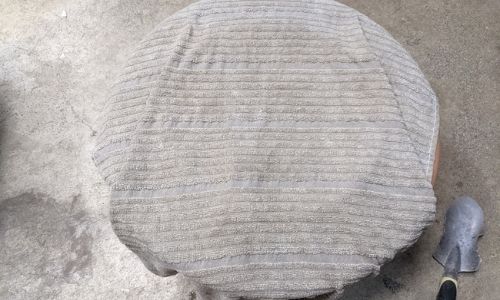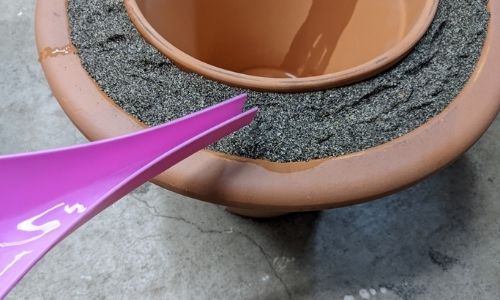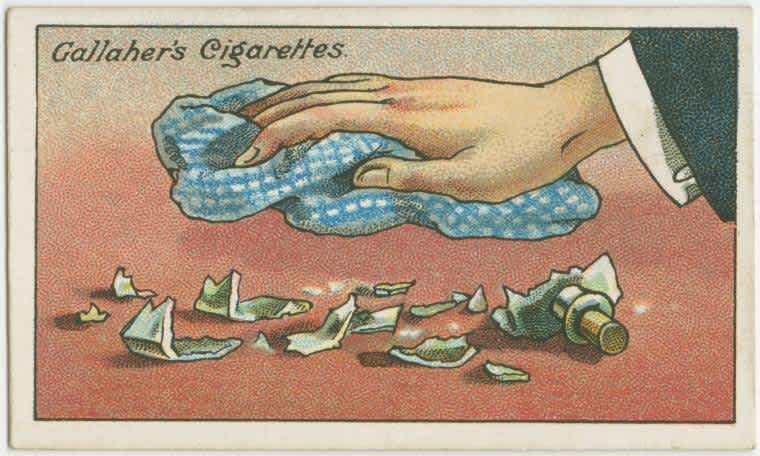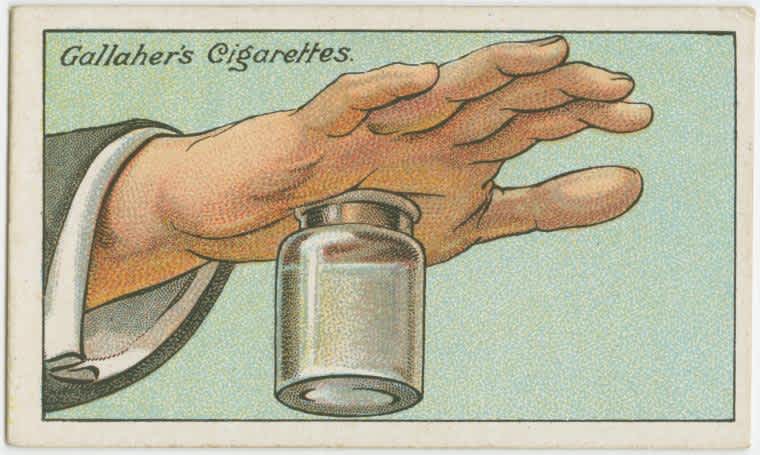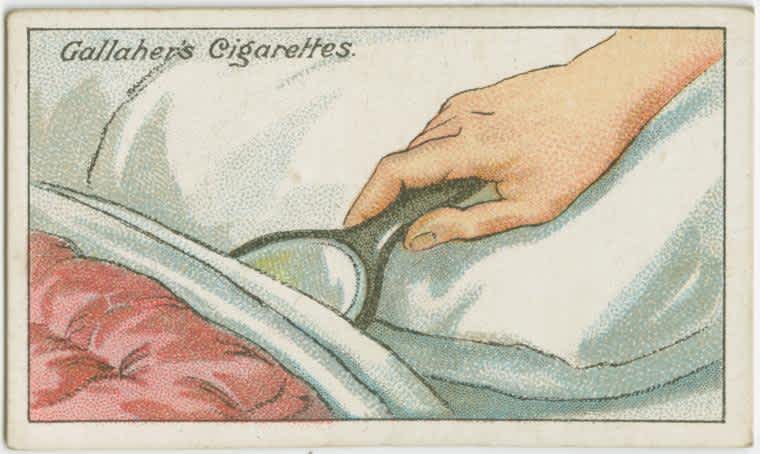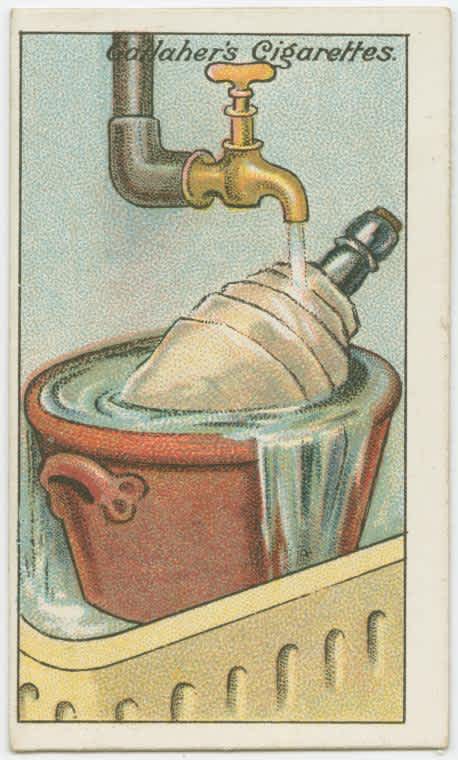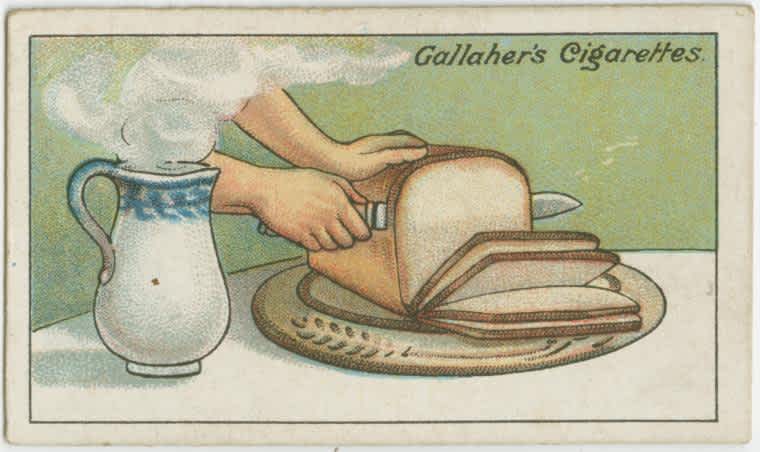Yogurt, a simple food with ancient origins, has undergone countless transformations throughout history. It is a staple in the Middle East and Asia and is associated with health and longevity. Yogurt, which is considered to be one of the earliest fermented foods to have contributed to the development of human civilization, has been in existence for thousands of years.
Today, the average grocery store is filled with a plethora of yogurt options, each with its unique style and flavor. Despite all the varieties you can find at your local grocery store, yogurt remains a straightforward food that you can easily make at home. All that is required to make yogurt is milk, microbes, warmth, and time (or patience, as I like to say). When placed in the right conditions, yogurt will make itself, which is a testament to the simplicity and beauty of this nutritious food.
Interestingly, yogurt has many health benefits that are still being discovered today. Studies show that the beneficial bacteria found in yogurt can improve gut health, boost the immune system, and even prevent certain diseases.
When was the first yogurt made?
The exact date when yogurt was first made is not known, but it is believed to have originated in Central Asia or the Middle East more than 4,500 years ago. The ancient nomads who roamed the region discovered that milk carried in animal skins would occasionally ferment into a thick, tangy substance that could be eaten or drunk. They found that yogurt was easier to digest and more nutritious than milk, and it could also be stored for longer periods without spoiling.
Over time, the practice of making yogurt spread to other regions and cultures, and today it is enjoyed all over the world in various forms and flavors.
Milk and microbes, the winning combo
Milk, the base of yogurt, is an incredibly versatile and nutrient-rich liquid that is perfect for the development of a wide variety of microorganisms, including bacteria, yeasts, molds, and even viruses.
Although some of these microbes can cause illness, the vast majority of them are harmless and can even be beneficial. Understanding the role of microbes in milk is essential for producing safe dairy products, including yogurt.
One of the fascinating things about yogurt is the specific group of microbes that give it its unique flavor, aroma, and potential health benefits. These microbes are different from the ones typically used in cheesemaking because they thrive in warmer temperatures. Usually, yogurt cultures thrive at around 100 to 122 degrees Fahrenheit, whereas most cheese cultures grow at around 80 to 90 degrees.
The two most important bacteria used in yogurt production are Streptococcus thermophilus and Lactobacillus delbrueckii subsp. bulgaricus. When these bacteria are introduced to warm milk, they begin to break down the lactose (milk sugar) into simpler sugars like glucose and galactose. These sugars are then used as energy by the microbes, and the byproduct of this process is lactic acid. When enough lactic acid is produced, it causes the milk proteins to coagulate, creating the thick, creamy texture of yogurt.
In addition to the basic fermentation microbes, there are countless other microorganisms that can be used to create subtle variations in flavor, texture, and aroma in yogurt. While some of these microbes may even have potential health benefits, it’s important to note that not all yogurt cultures are considered probiotics.
The term “probiotic” can only be used to describe a microbe that has been shown to have a known health benefit, as defined by the World Health Organization. So, if you’re seeking out yogurt for its potential health benefits, be sure to check the ingredients list for specific probiotic strains.
Always check the heat when making yogurt
One of the key players in the process of making yogurt is heat. In fact, heat serves two important roles in the yogurt-making process. First, it sets the stage for proper fermentation to occur. Second, it provides the optimal temperature for fermentation to take place.
Most yogurt recipes include a step in which the milk is heated to at least 180 degrees Fahrenheit and often held at that temperature for 10 minutes or more. At first glance, this step might cause concern for raw milk enthusiasts. However, there are good reasons why heating milk is an essential part of the process.
The heat helps remove unwanted microbes from milk, creating a clean slate for the yogurt microbes to thrive and produce the desired byproducts. Even more, the high heat denatures certain proteins in the milk, particularly whey proteins, which causes them to combine with the caseins to create a thicker, creamier texture.
The heat-induced denaturation of whey proteins is particularly noteworthy, as these proteins are typically not incorporated into the curd and are instead left in the whey. But with heating, they become an integral part of the curd, resulting in a thicker and more protein-dense yogurt. This effect can be further enhanced if the yogurt is strained, which removes even more of the whey and increases the protein content even further.
The incubation period, during which the yogurt is kept at a warm temperature until coagulation is complete and the desired flavor profile is achieved, is a crucial part of the process. The temperature for incubation should be maintained between 100- and 125-degrees Fahrenheit, with 110 degrees being the most common temperature used.
The length of incubation time can vary depending on the temperature, with higher temperatures resulting in a faster fermentation time. For example, at 125 degrees Fahrenheit, it might take only 4 hours, while at 100 degrees Fahrenheit, it might take 12 to 18 hours.
The refinements of flavor and texture can be fine-tuned by adjusting the preheating step, the incubation time, and the incubation temperature. However, if you’re making yogurt at home, don’t get too bogged down in the details. Remember, fermentation is a natural process that will happen on its own. All you need to do is provide a warm spot, wait patiently, taste test, and learn from the results.
Making your own
If you want to make your own yogurt easily at home, here are the ingredients you will need and the steps you need to follow:
- 1/2 gallon of whole milk
- 1/4 teaspoon of powdered yogurt culture
Note: If you don’t have powdered yogurt culture, you can use 1/4 cup of plain yogurt with live active cultures
Directions
- Pour the milk into a stainless-steel pot and heat it gently, occasionally stirring, until it boils. Remove it from the heat.
- Place the pot in a cool water bath in the sink and stir the milk until it cools down to 120-125 degrees Fahrenheit.
- In a separate bowl, mix the fresh yogurt with enough milk to create a thin, smooth liquid.
- Add the thinned yogurt to the warm milk and stir well. Alternatively, sprinkle the powdered culture on top of the milk, wait a few minutes, and then stir it in.
- Pour the mixture into two quart-sized jars and cover them tightly with lids.
- Line an insulated cooler with a towel and place the jars inside.
- Fill another quart jar with water that’s almost too hot to touch (around 150 degrees Fahrenheit), cover it, and add it to the cooler.
- Cover the jars with a towel and close the cooler lid. Place it in a warm spot. If it’s cold or you don’t have a warm spot, refill the hot water jar after about two hours.
- Wait for 8 hours and then check for thickness. The warm yogurt will be thinner than once it’s chilled, so look for a custard-like texture.
- Chill the jars in the refrigerator overnight.
Taste the yogurt the next day. If it’s not tart enough, incubate it longer next time or allow it to cool on the counter overnight before refrigerating it.
How long can you store homemade and commercial yogurt?
Yogurt has a long shelf life due to its acidic nature, whether store-bought or homemade. Strained yogurt lasts even longer. However, the count of beneficial bacteria decreases soon after production. If you want a high concentration of probiotics, it is best to consume it within a week.
The amount of active bacteria over time depends on the initial amount present in the yogurt and the availability of residual sugars for the bacteria to consume. If there are remaining sugars, fermentation will continue, even in the refrigerator, resulting in a sourer yogurt.
As a side note, I’ve eaten commercial yogurt a month past its expiration date, and it was perfectly fine. As long as it’s kept refrigerated, yogurt will last quite some time, and you shouldn’t hurry to throw it away. Do a taste test and decide if it’s still edible.
Buying quality yogurt requires a little bit of knowledge
If you’re in the market for store-bought yogurt, be sure to read the label. Most yogurts contain added thickeners unless, of course, they have been drained. Some manufacturers now employ a technique to remove water from the milk before making it into yogurt, resulting in a thicker product.
Thickeners can include tapioca starch, non-fat milk powder, or guar gum. While these ingredients are not harmful, they do affect the taste of the yogurt. In addition to thickeners, there are many different cultures of microbes used in yogurt production. Even if two brands list the same microbes, the resulting yogurt can taste quite different. It’s a good idea to try several brands and see which one you like best.
One important consideration, especially for those watching their weight, is the amount of added sugar in yogurt. Even though lactose, a natural sugar in milk, is not very sweet, our bodies still recognize it as sugar. So, if you’re trying to reduce your sugar intake, avoid yogurts with added sugars.
To sweeten your yogurt, try adding low-glycemic fruits like berries or flavorings like vanilla or cinnamon. Lactose-free yogurt can also be a good option, as it will taste sweeter due to the breakdown of lactose into simpler sugars like glucose and galactose.


